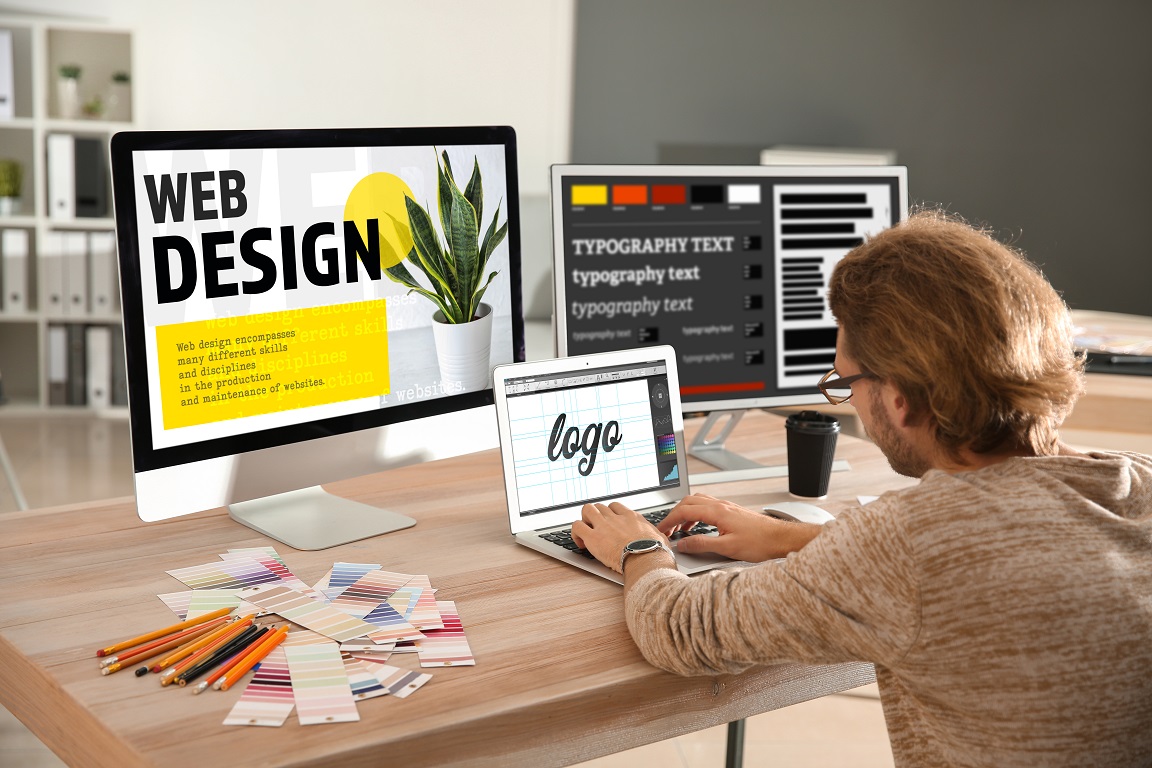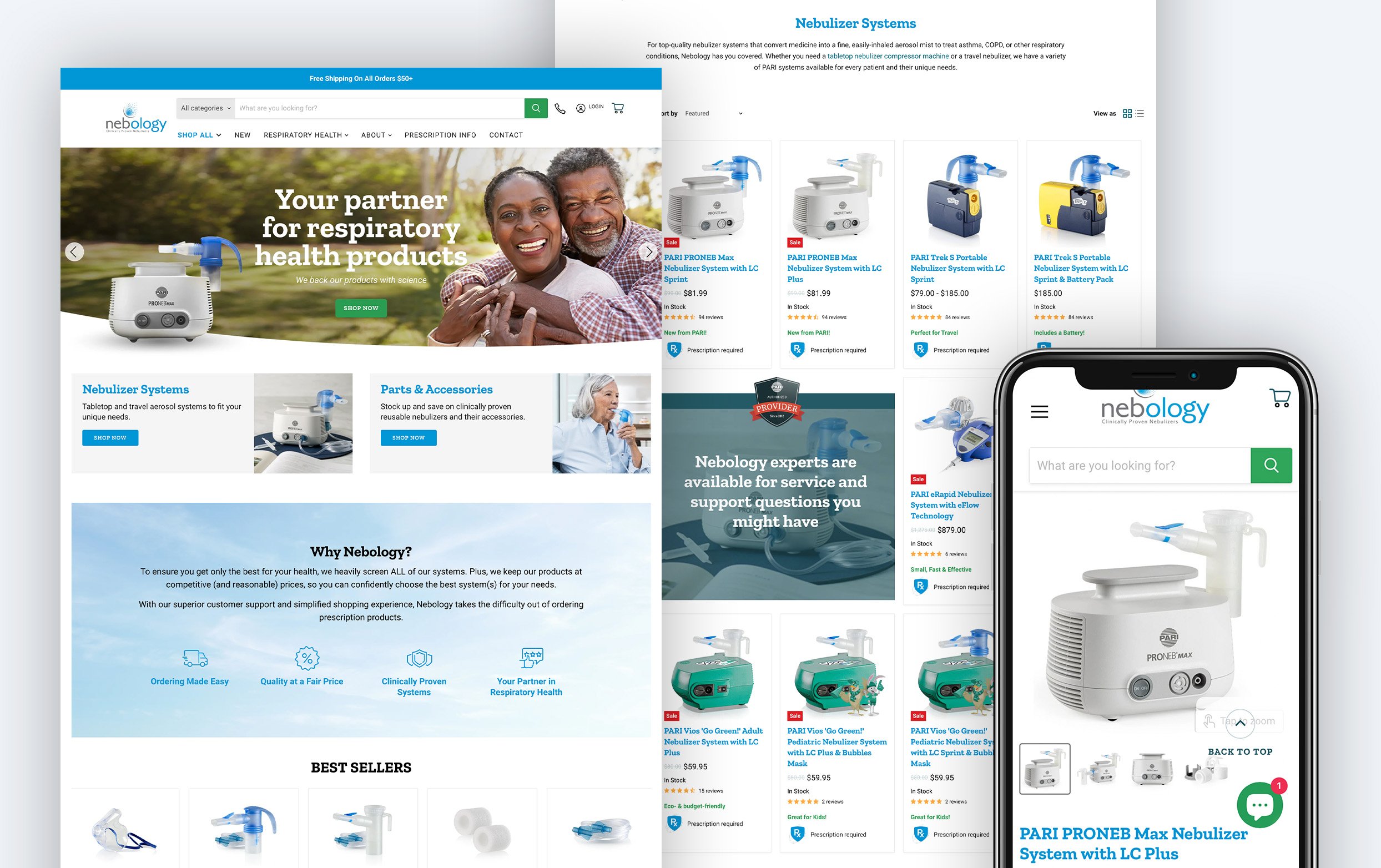Exactly How to Boost User Experience Via Strategic Website Design
In the realm of electronic innovation, individual experience (UX) has actually become the linchpin of effective web layout. A strategic, user-centered approach, stressing aesthetic uniformity, instinctive formats, and receptive design, can considerably improve a web site's usability and appeal. As we check out these concepts carefully, the value of integrating customer comments and the duty of UX in user retention will certainly additionally be examined, welcoming a deeper understanding of this critical element of internet design.
Recognizing the Relevance of Individual Experience in Internet Design
The significance of web layout exists not simply in looks, yet essentially in the user experience it supplies. User experience, or UX, describes the total experience a person has while connecting with a site or internet application, particularly in terms of just how comfy and satisfying it is to use (Web Design In Guildford). It is an important aspect of web style, as it directly influences the users' perceptions, activities, and total interaction with the web site
A properly designed site with an inadequate user experience is similar to a lovely structure with an improperly intended inside; it may look appealing on the surface area, however it fails to offer its intended function successfully. It may deter individuals from remaining on the site, bring about high bounce rates, reduced customer interaction, and eventually, failure to accomplish the website's goals. This highlights the value of incorporating user experience into the internet layout process right from the start.
Using User-Centered Design Principles
The application of user-centered layout concepts begins with understanding customer actions. This knowledge develops the basis for developing an effective user interface layout. These 2 crucial elements, when skillfully integrated, result in a boosted customer experience on any type of site.

Recognizing User Behavior
Why do individuals act the method they do on sites? User actions is determined by a wide variety of aspects, chief among them being their details needs and preferences, prior on the internet experiences, and overall internet savviness. Utilizing this expertise, web designers can develop extra efficient, straightforward sites that satisfy the needs of their target market, thereby enhancing user experience.
Reliable Interface Layout

Leveraging Receptive Layout for Optimal Watching
Moving on in the discussion, the interest currently moves to the value of leveraging receptive style for optimum watching. This includes exploring the process of carrying out responsive website design and understanding its influence on customer experience. The taking place discussion aims to clarify the advantages of ideal viewing and how receptive design promotes it.
Carrying Out Responsive Web Layout
Taking advantage of the power of responsive internet layout is a necessary action towards boosting user experience. These aspects integrated produce a responsive web layout that readjusts to the customer's needs. While the procedure may appear complex, the result is a much more obtainable and user-friendly internet site, dramatically boosting the individual experience.
Benefits of Ideal Watching

Furthermore, receptive layout can result in boosted search engine optimization positions, as internet search engine favor sites that accommodate multiple devices. It can lower bounce prices and enhance conversion prices as individuals are much less likely to abandon websites that are very easy to navigate. Therefore, optimum viewing can significantly improve customer experience, making it an essential aspect of calculated internet layout.
Incorporating Easy Navigating and Intuitive Layouts
Alleviate and instinct in web site navigation develop the bedrock of user satisfaction. If individuals battle to find what they are looking for, they are most likely to abandon the internet site and seek alternatives.
Straightforward navigation menus, breadcrumb trails, and clickable switches lead customers via the site effortlessly. Consistency in style components across web pages additionally contributes to instinctive navigation. Putting the search bar or the buying cart symbol in the exact same place on every web page permits customers to locate these features quickly.
Furthermore, an instinctive layout is one that expects individual demands. It puts elements and info where customers anticipate them to be. This lowers the cognitive lots on users, enhancing their overall experience on the web site.
The Role of Visual Style in Customer Experience
While the framework and layout of a website are significant for individual experience, the visual style plays an equally vital duty. It is the aesthetic style that at first draws the customer's focus, making it an essential part in developing a interesting and immersive experience. Aesthetic layout aspects such as color, typography, photos, and symbols interact the brand's message, develop a mood, and overview individuals' interactions on the page. A well-executed visual style can not just bring in customers but also help them recognize the content better and navigate the site a lot more quickly. A inconsistent or chaotic aesthetic layout can lead and confuse users to an adverse individual experience. Web developers need to strategically use visual design components to produce visit a intuitive and harmonious individual interface that improves the general customer experience. This process calls for advice a deep understanding of the target individuals, their requirements, and preferences, along with the brand name's identity and objectives.
Instance Researches: Effective User Experience Layout at work
Regardless of the academic understanding on individual experience layout, it obtains real worth when used in useful situations. Airbnb, a global on-line market, successfully improved their user experience by upgrading their internet site.
The outcomes were a significant boost in mobile web traffic and user interaction, showing the efficacy of critical internet style in enhancing user experience. These case researches show that sensible application of customer experience design can produce significant advantages.
Final thought
To conclude, strategic web design is a crucial tool in boosting individual experience. By applying user-centric layout concepts, leveraging responsive design, including instinctive navigating and designs, and using the power of visual style, organizations can produce websites that are satisfying and engaging for customers. Efficient web layout, showcased through different effective situation researches, significantly enhances individual engagement and retention rates, verifying its vital role in electronic important site success.
As we check out these principles in information, the significance of incorporating customer feedback and the function of UX in user retention will likewise be checked out, inviting a deeper understanding of this vital element of internet layout.
It might prevent individuals from remaining on the website, leading to high bounce rates, low user engagement, and eventually, failure to attain the web site's goals. A inconsistent or cluttered aesthetic layout can puzzle users and lead to an adverse customer experience. Internet developers should strategically utilize visual layout elements to produce a harmonious and intuitive individual interface that boosts the total individual experience. The outcomes were a substantial boost in mobile traffic and individual involvement, demonstrating the effectiveness of critical web style in boosting individual experience.